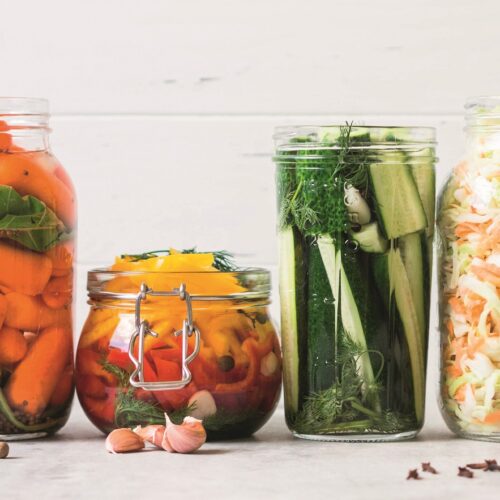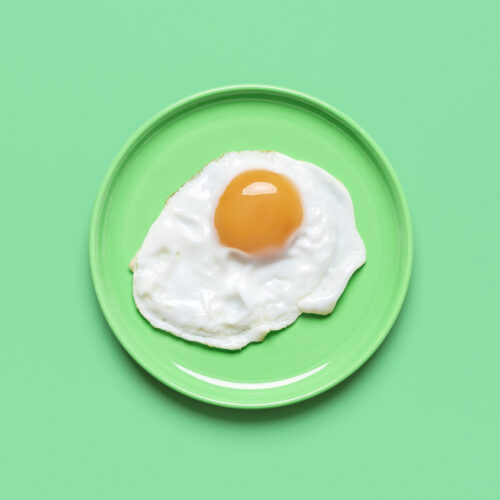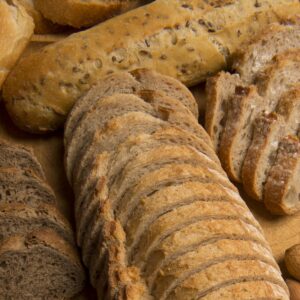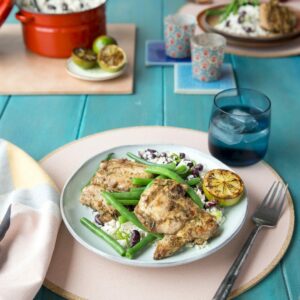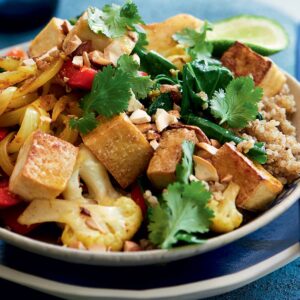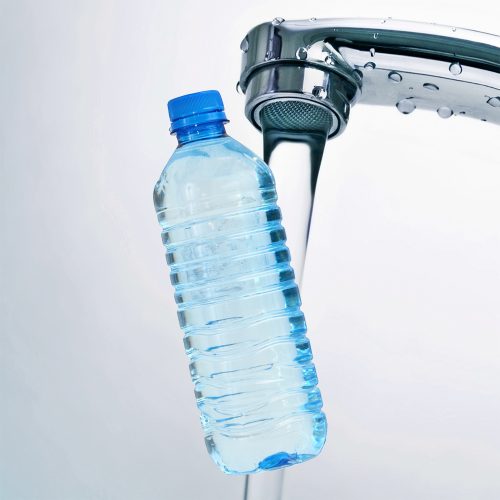
We ask HFG nutritionists to solve readers’ most common dilemmas when it comes to choosing healthier options.
Honey or sugar?
“Honey is sweeter than sugar, so you can get away with using less,” says HFG nutritionist Claire Turnbull. “It’s also lower GI than sugar. But it’s still high in energy — it has 91kJ per teaspoon and sugar has 70kJ — so you still need to watch the quantities you’re using. The fructose in honey can be a problem for some people with IBS, too, so you need to use what’s right for you.”
Muesli bar or dark chocolate?
“Although muesli bars are perceived as a healthy snack, they are not all fantastic,” says Claire. “Look for a lower-fat variety with wholegrains, nuts and seeds to get the best snack.” Muesli bars are still a better snack choice than chocolate though. “There are nutrients in a good muesli bar. Chocolate is a treat food, not an everyday snack.”
Green tea or black tea?
“Both green and black tea have healthy compounds. It’s possible green tea has a bit more antioxidant, but it depends how you make it,” says HFG senior nutritionist Rose Carr. “Black tea has more caffeine, so to reduce your caffeine intake you could choose green tea sometimes.”
Gluten free pasta or regular pasta?
“Unless you have a reason to eat gluten-free such as coeliac disease, regular pasta is better,” says Claire. “It’s lower-GI — and a lot cheaper!”
Potato salad or rice salad?
“Both of these are good carbs,” says Rose. “So I recommend both for variety. Make sure whatever you choose has lots of veges in it, and swap mayo or creamy dressing for a light dressing if you can.”
Butter or margarine?
“Butter is high in saturated fat, which is one of the main causes of heart disease in New Zealand,” says Claire. “Margarine-style spreads are made from healthy oils such as olive, canola and rice bran. If you eat a lot of butter, changing out at least some of it for a reduced-fat spread is a step in the right direction. Try and get a good balance of fats. Use reduced-fat spread when using large quantities, for example, in baking.”
Tap water or bottled water?
“Both are fine,” says Rose. “There’s nothing wrong with tap water and in fact, a lot of bottled water is filtered tap water, packaged conveniently. Both are great drinks.”
Nuts or chips?
“Nuts are better,” says Rose. “In small amounts. They contain healthy fats and different nuts provide different things. For example, almonds are a source of vitamin E; Brazil nuts are an excellent source of selenium, and walnuts provide ALA omega-3s. Chips, on the other hand are very high in energy and even the lower-fat varieties are high in fat and sodium.”
Chocolate or carob?
“Choose whichever you prefer — in small amounts,” says Rose. “Both of these are high in energy and fat. Despite carob being marketed as healthier, many carob products are just as high in energy, fat and saturated fat as their chocolate equivalents, so there’s little basis for the claims.”
Rice or potatoes?
“Both are good choices,” says Claire. “Choose a brown or basmati rice, though, and don’t cook more than you need — if you cook more, you’re likely to eat more without even realising. With potatoes, leave the skins on and remember, a hand-sized portion is all you need.”
Trim latté or soy latté?
“For most people, the trim latté is better, because it’s lower in kilojoules,” says Rose. But if you can’t tolerate milk, soy is a good choice. “Soy milk has very little saturated fat. If you could get a trim soy latté, that would be even better because it’s got less energy.”
Mayo or vinaigrette?
“Both of these have their place,” says Claire. “Mayonnaise is not as unhealthy as people think, but it is high in energy. So we just have to be clever about how we use it. It’s good as a spread instead of butter on sandwiches, or diluted with lemon juice or hot water so it goes further. Vinaigrette is also high in energy, so the same rules apply — use it sparingly.”
Canned veges or frozen veges?
“When veges are frozen it’s done quickly, so the nutrients mostly remain,” says Claire. “There’s not usually anything added to frozen veges, either. Canned veges are often in brine, adding salt. Given the choice, I’d go for frozen.”
Cream cheese or sour cream?
“In regular varieties, sour cream is a better choice,” says Rose. “It’s lower in kilojoules and saturated fat. I’d recommend choosing reduced-fat versions, if you are using either of them, for less fat, fewer kilojoules and a bonus of more calcium.”
Olive oil or canola oil?
“Both of these are healthy oils,” says Rose. “Olive oil is high in monounsaturated fats which are heart-friendly, and so is canola oil. So it’s more about usage. Where you want to add flavour, use olive oil, and where you don’t want flavour, use canola. Both are high in kilojoules, so use small amounts.”
www.healthyfood.com


